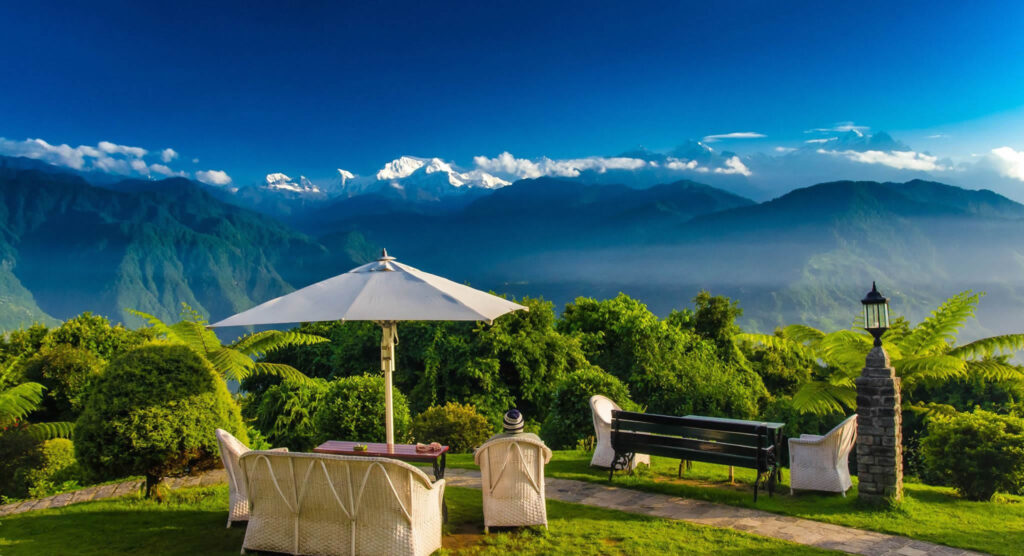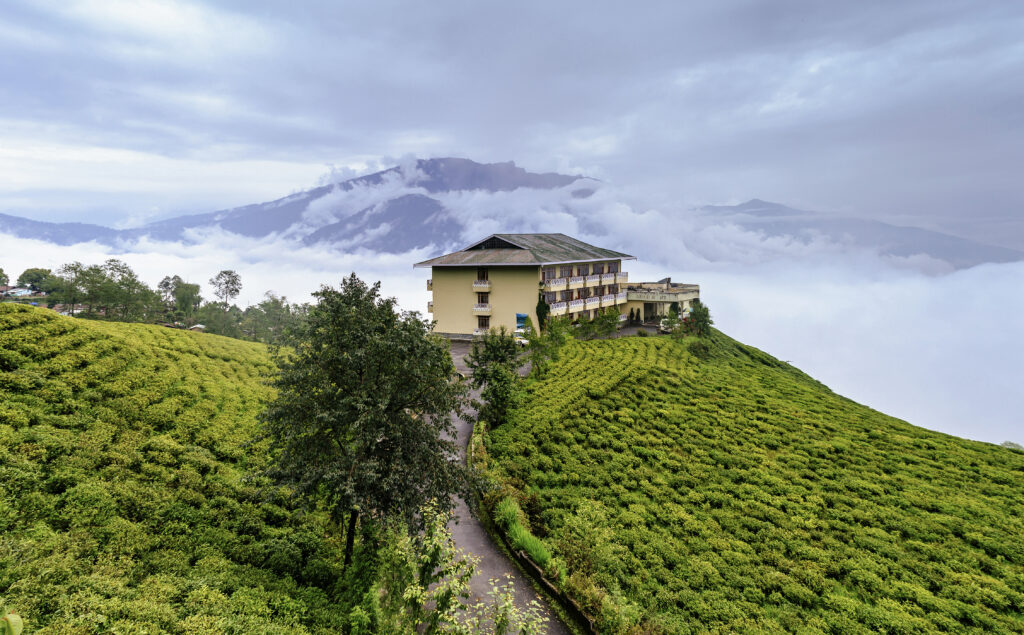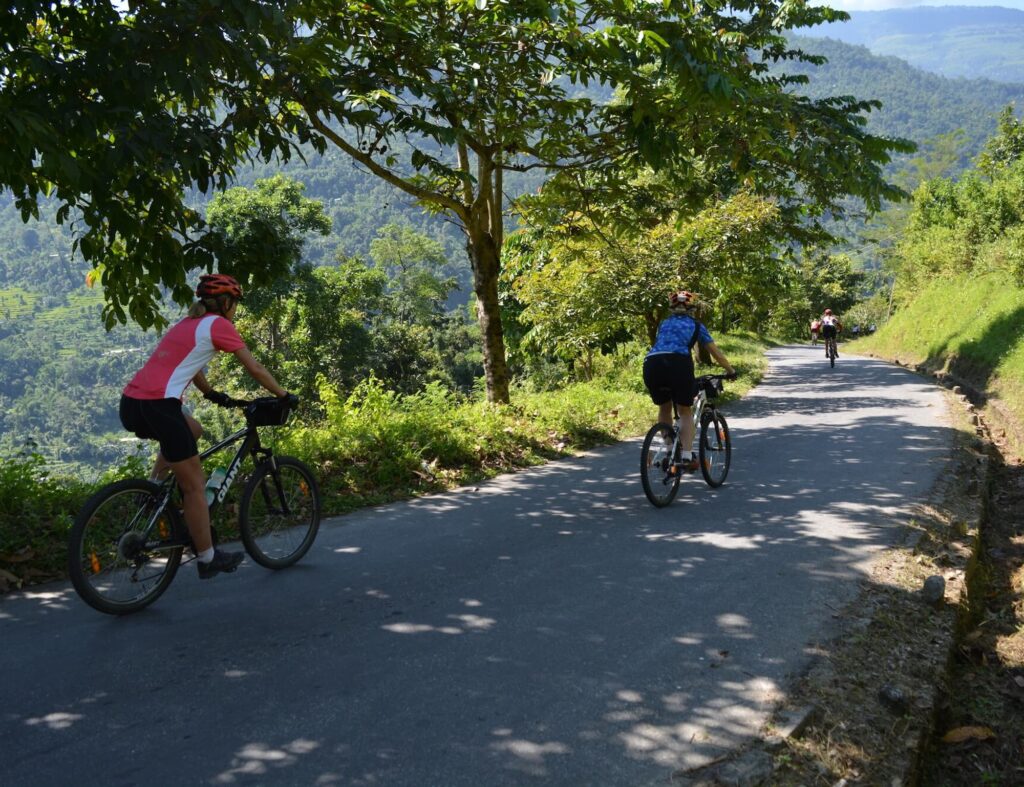Nestled in the lap of the Himalayas, Sikkim is a pristine destination that offers a unique blend of stunning landscapes, rich culture, and biodiversity. For travelers with a deep love for nature and a desire to minimize their environmental footprint, Sikkim is a paradise of eco-friendly practices. The state has taken significant strides to promote sustainable tourism, making it an exemplary model for other regions in India and the world. From banning single-use plastics to encouraging organic farming, Sikkim has set itself apart as a destination that thrives on sustainable practices.
This guide will take you through everything you need to know about traveling responsibly in Sikkim, including eco-friendly accommodations, activities, and practical tips for ensuring your visit has a positive impact on the environment and local communities.
1. Why Sikkim is a Leading Destination for Sustainable Tourism?

Sikkim has always been at the forefront of environmental conservation. Recognized as the first organic state in India in 2016, the state government implemented rigorous policies to ensure that all of Sikkim’s agricultural land is farmed without the use of synthetic fertilizers and pesticides. This move has had profound effects on both the environment and the livelihoods of the local communities, making Sikkim a beacon of agroecology and sustainable development.
In addition, Sikkim has banned the use of single-use plastics, such as plastic bags and bottles, and has implemented a wide range of initiatives to conserve its natural beauty, including afforestation drives and wildlife protection programs. The state is also committed to preserving its rich cultural heritage and ensuring that tourism benefits local communities.
2. Eco-Friendly Accommodations in Sikkim

One of the most important aspects of sustainable tourism is choosing accommodations that adhere to eco-friendly principles. Sikkim offers numerous eco-resorts, homestays, and boutique hotels that align with sustainable practices, such as reducing water usage, managing waste, and conserving energy.
a. Eco-Resorts
- The Elgin Mount Pandim, located in Pelling, is known for its commitment to minimizing its environmental impact by using renewable energy, reducing water waste, and recycling.
- Yangsum Heritage Farm, a family-owned property near Rinchenpong, offers organic meals sourced from their farm and encourages sustainable farming practices.
b. Homestays
Staying in a local homestay is not only a great way to experience the culture but also to directly support local communities. Sikkim has many eco-friendly homestays that use minimal resources, practice waste segregation, and offer organic, locally sourced food. Homestays in places like Dzongu, a remote area in North Sikkim, provide an authentic, immersive experience while minimizing the environmental footprint.
3. Sustainable Activities in Sikkim
There are plenty of eco-friendly activities to engage in during your visit to Sikkim, from nature-based adventures to community-focused cultural exchanges.
a. Trekking

Sikkim is home to some of the most breathtaking treks in the Himalayas, and many of these are designed with sustainability in mind. The Goecha La trek, for example, takes you through the heart of the Kanchenjunga National Park, a UNESCO World Heritage Site. Trek operators are required to adhere to strict guidelines to protect the fragile ecosystem, including limiting waste, banning single-use plastics, and ensuring that trekkers leave no trace.
b. Wildlife and Bird Watching

Sikkim is a biodiversity hotspot with rich flora and fauna, including many endangered species. Khangchendzonga National Park is a great place for wildlife enthusiasts, offering sightings of rare species like the red panda, snow leopard, and various birds. Opt for tours led by local guides who are well-versed in the region’s biodiversity and ensure that your wildlife encounters do not disturb natural habitats.
c. Organic Farm Tours

One of the best ways to understand sustainable agricultural practices in Sikkim is by visiting an organic farm. Many villages across the state offer guided tours where visitors can learn about the techniques behind organic farming, composting, and water conservation. The Temi Tea Garden, the only tea estate in Sikkim, is known for its organic tea production, offering tea-tasting tours that showcase the farm-to-cup process.
d. Cultural Immersion and Festivals

Understanding and respecting local cultures is key to sustainable tourism. Sikkim is home to vibrant traditions, and there’s no better way to experience this than by participating in local festivals like the Losar Festival (Tibetan New Year) or Saga Dawa, an important Buddhist celebration. Opt for community-run tours where local guides explain the significance of these festivals, ensuring that your participation contributes to the preservation of cultural heritage.
4. Sustainable Transportation in Sikkim

Traveling sustainably in Sikkim is easy, thanks to its well-maintained roadways and access to eco-friendly transportation options.
- Public transport, such as buses and shared taxis, is the most sustainable and cost-effective way to get around. While they may not always be the fastest mode of travel, they are certainly the most environmentally friendly.
- Walking or cycling is another excellent way to reduce your carbon footprint, particularly in smaller towns like Gangtok or Ravangla.
- Electric vehicles are also being introduced in some parts of the state as part of Sikkim’s push towards green transportation. Look out for eco-friendly taxis or car rental services that use electric vehicles.
5. Protecting Natural Resources
Sikkim is home to delicate ecosystems, and travelers must make a conscious effort to protect the natural resources of the region. Here are a few practical tips to ensure your travels are eco-friendly:
a. Conserving Water
Sikkim experiences significant water shortages, especially during the dry season. Be mindful of your water usage by taking shorter showers, reusing towels, and avoiding unnecessary wastage.
b. Reducing Plastic Use
Although Sikkim has banned single-use plastics, it’s essential to bring your own reusable water bottle and refuse plastic packaging wherever possible. Many hotels and homestays offer filtered water stations, making it easy to refill your bottle instead of purchasing bottled water.
c. Respecting Wildlife
When visiting protected areas, follow all park rules and guidelines. Keep a safe distance from wildlife, avoid feeding animals, and stay on designated trails to prevent trampling of delicate flora.
d. Minimizing Waste
Practice responsible waste management by carrying reusable containers, bags, and utensils. Be sure to dispose of your waste properly and take non-biodegradable items with you if local disposal facilities are inadequate.
6. Engaging with Local Communities

Sikkim’s tourism policies prioritize community participation, and as a responsible traveler, you can make a positive impact by supporting local businesses, artisans, and farmers.
- Shop locally: Purchase souvenirs such as handmade textiles, organic teas, and traditional handicrafts from local artisans.
- Eat locally: Choose restaurants and eateries that use locally grown organic ingredients, contributing to the livelihood of local farmers.
- Participate in Community-Based Tourism: Several villages in Sikkim offer community-based tourism programs, allowing you to stay in traditional homes, participate in village life, and learn about sustainable farming, handicrafts, and cooking.
7. Best Time to Visit Sikkim for a Sustainable Experience
The best time to visit Sikkim for a sustainable tourism experience is between March and May or September and November. These months offer pleasant weather and are ideal for trekking, bird watching, and cultural tours. Avoid the monsoon season (June to August), when landslides are common, and travel can be hazardous.
8. Practical Tips for Eco-Friendly Travel in Sikkim
- Pack Light: Avoid bringing excess baggage, as carrying less means reducing fuel consumption in transport.
- Use Eco-Friendly Toiletries: Bring biodegradable soap, shampoo, and toothpaste to minimize the impact on local water systems.
- Volunteer for Environmental Initiatives: Consider participating in local conservation projects or environmental clean-up drives organized by NGOs and local communities.
9. Sikkim’s Commitment to Sustainable Development
Sikkim’s commitment to sustainable development goes beyond tourism. The state has implemented various green initiatives, such as carbon-neutral strategies, promotion of renewable energy, and biodiversity conservation. The government continues to work closely with local communities to ensure that tourism is a tool for development rather than exploitation, and that the environmental integrity of the region is maintained for future generations.
Conclusion
Sikkim stands as a model for how tourism can be both enriching and sustainable, offering travelers an eco-friendly way to experience its breathtaking landscapes and rich cultural heritage. By adopting responsible travel habits, engaging with local communities, and respecting the natural environment, you can ensure that your visit to Sikkim leaves a positive impact on both the region and its people. As a green traveler, Sikkim invites you to explore its wonders while treading lightly on the earth.
Traveling sustainably in Sikkim is not just a choice; it’s a way to connect deeply with the land, people, and culture, while helping to preserve this beautiful destination for generations to come.

Leave a Reply